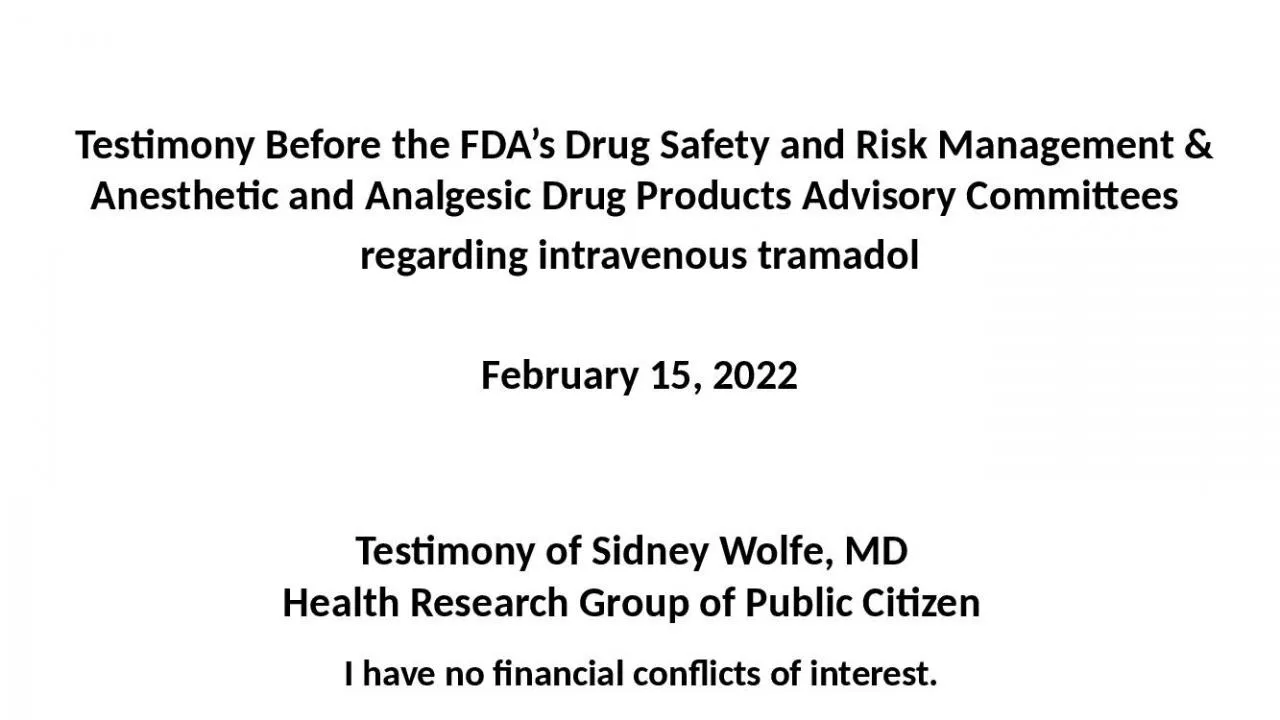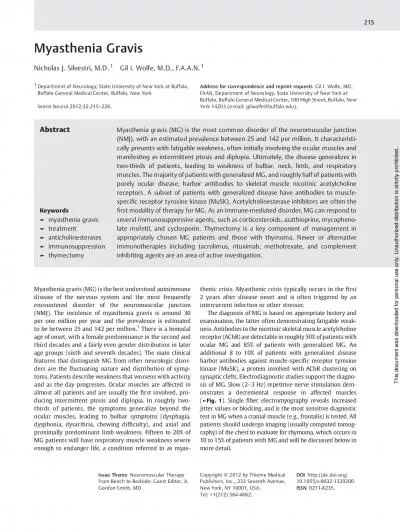PPT-Testimony of Sidney Wolfe, MD
Author : mackenzie | Published Date : 2022-02-24
Health Research Group of Public Citizen Testimony Before the FDAs Drug Safety and Risk Management amp Anesthetic and Analgesic Drug Products Advisory Committees
Presentation Embed Code
Download Presentation
Download Presentation The PPT/PDF document "Testimony of Sidney Wolfe, MD" is the property of its rightful owner. Permission is granted to download and print the materials on this website for personal, non-commercial use only, and to display it on your personal computer provided you do not modify the materials and that you retain all copyright notices contained in the materials. By downloading content from our website, you accept the terms of this agreement.
Testimony of Sidney Wolfe, MD: Transcript
Download Rules Of Document
"Testimony of Sidney Wolfe, MD"The content belongs to its owner. You may download and print it for personal use, without modification, and keep all copyright notices. By downloading, you agree to these terms.
Related Documents














